A long history of success
From winegrowing abbots to Grand Cru Classé
A history of wine growing abbots from the 12th century to the Grand Cru Classé of today
In the 18th century, the La Marzelle estate belonged to the Largeteau family. It was owned by the Religious of Faises, lords of very extensive fiefs and whose old abbey can be found not far from here, at Artigues de Lussac. In 1821, the name La Marzelle appeared on the Belleyme map.
The reputation of the estate's wines was great: in 1925, when the Saint-Émilion wine classification did not yet exist, the words "premier cru classé" appeared on the bottle label. The very first official classification, in 1954, established Château La Marzelle as one of Saint-Émilion's most remarkable wines.
From the 12th century to 1820
The Cistercian abbey of La Faise was founded in 1137, in what is now the commune of Artigues-de-Lussac in Gironde. The monks, who were major landowners, perpetuated the cultivation of vines that had begun more than a thousand years earlier. The Roman poet Ausonius enthused: "Hail, my homeland, famous for your wines!"
In 1199, the Duke of Aquitaine Jean sans Terre authorised the citizens of Saint-Emilion to form a Jurade. The jurats imposed draconian rules to ensure the quality of the "fine wines" that contributed to the reputation of their city.
It was not until the 18th century that the religious winegrowers relinquished their estate La Marzelle to the Largeteau family. Evidence of this "recognition" can be found in a report by Maître Isambert, dated March 12, 1741. In it, Mr Largeteau refers to "a bordier Des abbés vignerons au Grand Cru Classé which he owns in the parish of Saint-Martin de Mazerat, now Saint-Émilion, at a place called La Marzelle".
A marriage contract drawn up in 1734 refers to this property, suggesting that it originated even before that date. The estate remained in the family until 1891. Just as the neighbouring property "Domaine Noble Figeac" gave its name to the locality of Figeac, it is likely that the locality of La Marzelle borrowed its name from the estate's early reputation.
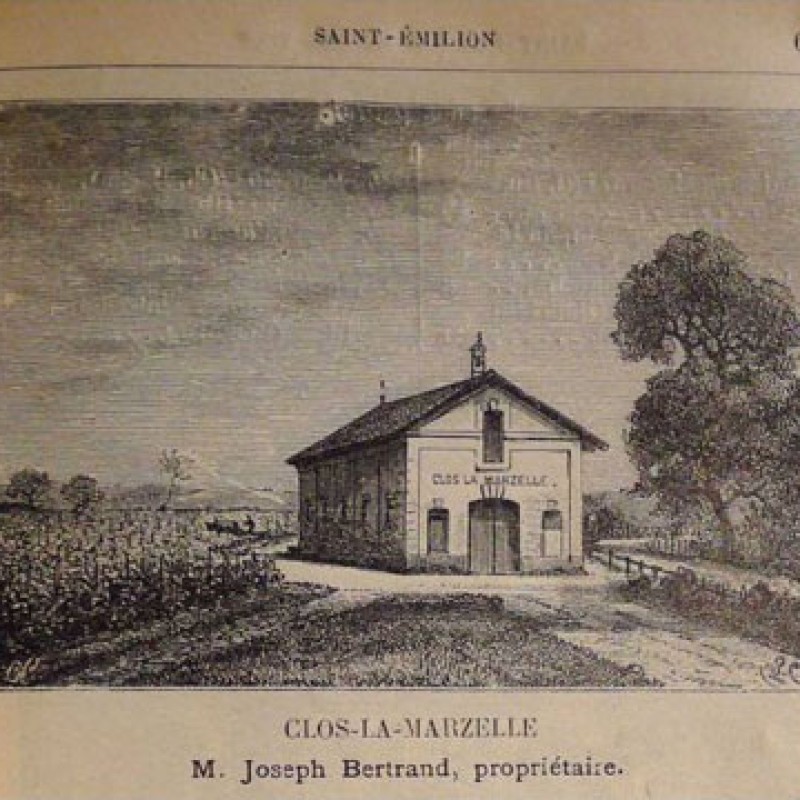

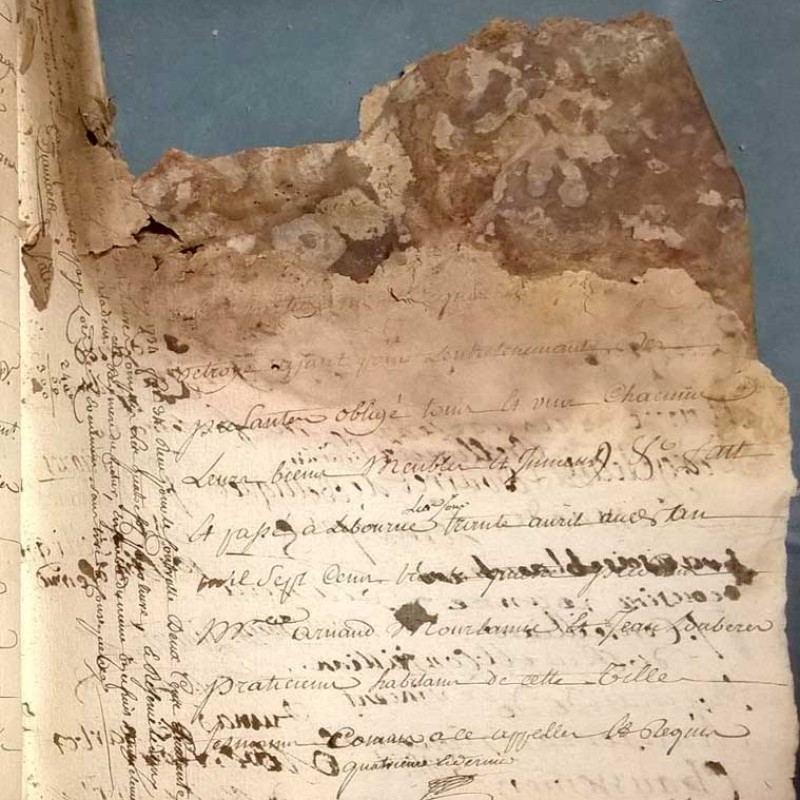
From 1820 to today
La Marzelle was first mentioned on the Belleyme map in 1821.
The reputation of the estate's wines was already well established in 1925, when the Saint-Émilion wine classification did not yet exist, the words "premier cru classé" appeared on the bottle label.
The very first official classification, in 1954, established Château La Marzelle as one of Saint-Émilion's most remarkable wines.
In 1998, the Sioen family bought Château La Marzelle and its 13 hectares of Grand Cru Classé.
In 2003, Château La Marzelle expanded by buying 4 hectares from its immediate neighbour. These vines, in the Saint-Emilion Grand Cru appellation, had to be vinified in a new winery.
In 2008, Château La Marzelle put its environmental convictions into practice and began its first trials using organic methods.
In 2009, Château La Marzelle returned to a more traditional label, which in many ways recalls the 1925 label.
In 2012, Château La Marzelle was confirmed in the new Saint-Emilion Wine Classification with its 17 hectares and rebuilt its winery.
In 2015, on the strength of its 8 years' experience using organic methods, Château La Marzelle affirmed its beliefs by adapting its growing methods to the precepts of Biodynamics.
In 2017, conversion to organic viticulture began and the HVE3 certification was obtained.
In 2020, Jean-Charles Joris, grandson of the family, took over from his grandparents and became manager of Château La Marzelle. We also obtained the Organic Agriculture (AB) certification.
At the end of 2020, Château La Marzelle created an emblem/monogram to mark its new identity.
In 2021, with its new aesthetic identity, sober, minimalist and modern, Château la Marzelle changed its labels and packaging and incorporated its monogram.
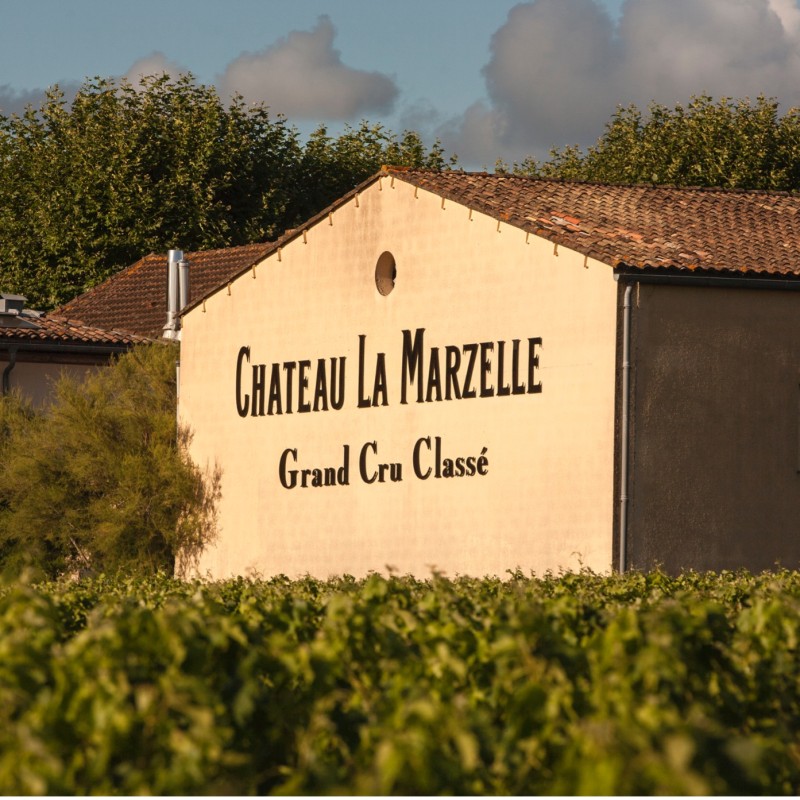
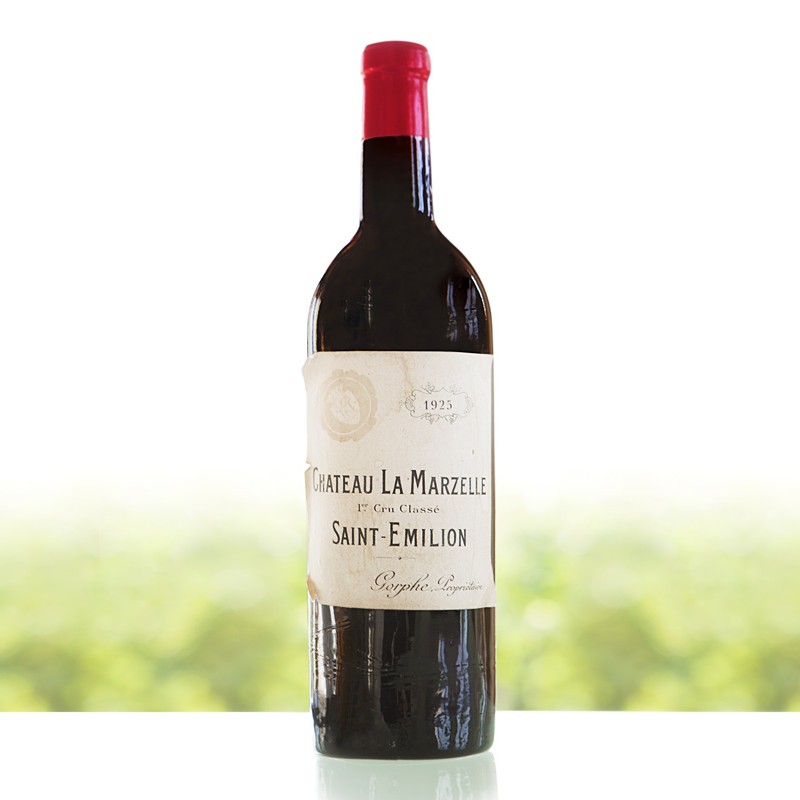
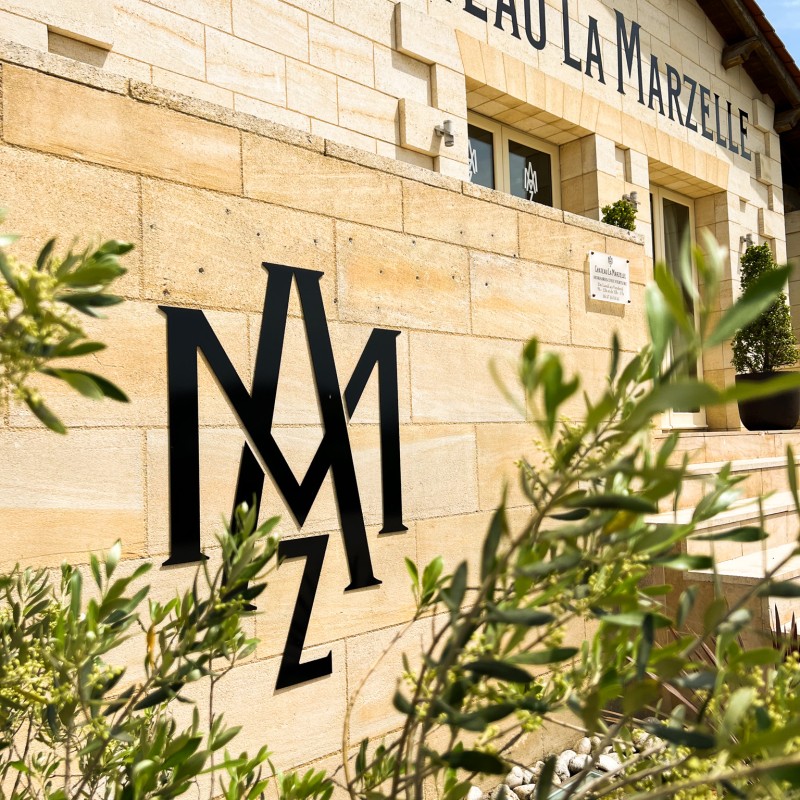
There's nothing more noble than the wine growing culture, that's my deep conviction.
